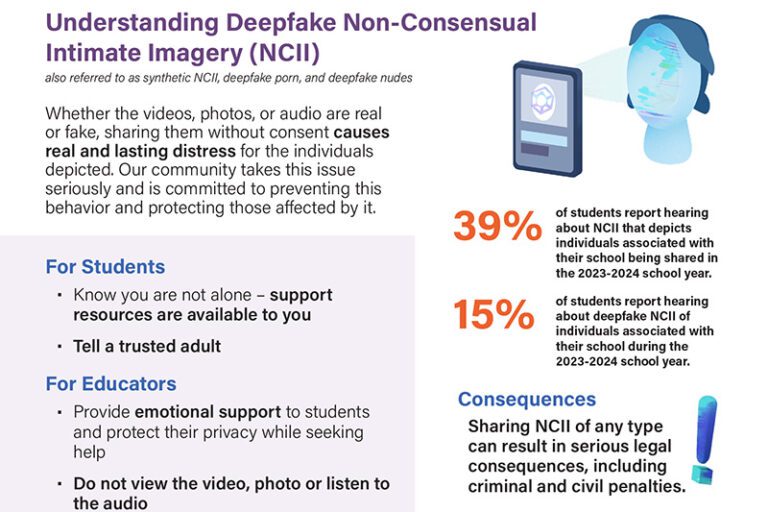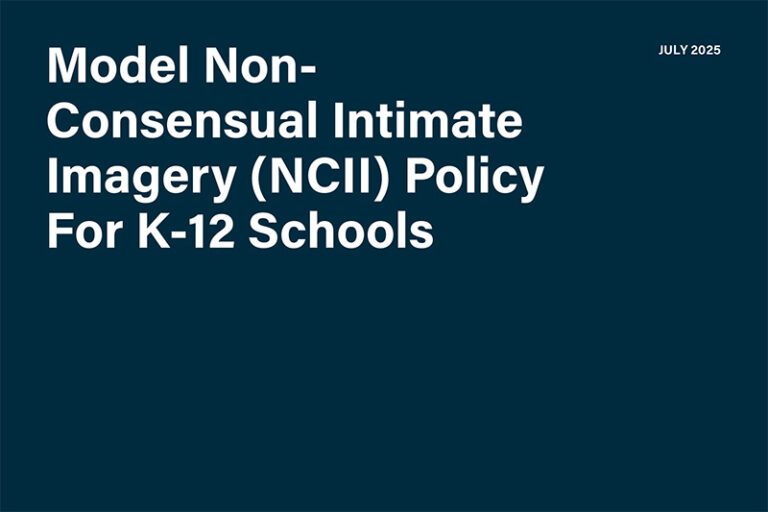This resource is provided by ACSA Partner4Purpose Lozano Smith.
AB 764 expands key aspects of the FAIR MAPS Act to apply to school districts, community college districts and county boards of education (referred to herein as “educational agencies”), as well as special districts.
Background
Many educational agencies and special districts’ governing board members are elected at-large, meaning that each board member is elected by voters of the entire territory of the agency. Educational agencies and special districts that hold elections at-large face the risk of a costly legal challenge under the California Voting Rights Act (“CVRA”). As a result, many educational agencies and special districts are transitioning, or have already transitioned, to by-trustee area elections, where each board member must reside within a specific trustee area, and each board member is elected only by the voters residing within that trustee area. In 2019, the California Legislature adopted the FAIR MAPS Act, which created strict procedures that cities and counties must follow when undergoing the redistricting process. Effective January 1, 2024, AB 764 expands key aspects of the FAIR MAPS Act to also apply to educational agencies and special districts. AB 764 also creates new guidelines that educational agencies and special districts must follow when (1) transitioning from at-large to by-trustee area elections (“districting”) and (2) redrawing existing trustee area boundaries (“redistricting”).
AB 764 Mandates Stringent Criteria for Development of Trustee Area Maps
Under AB 764, governing boards of educational agencies and special districts must follow strict criteria when drawing/redrawing trustee area maps. For example, governing boards will be required to consider the following criteria, in the order listed below:
- Election areas should have geographical continuity.
- To the extent practicable, maps should minimize the division of neighborhoods or communities of interest.
- Maps should respect the integrity of city or census designated places.
- Election areas should be bounded by natural or artificial boundaries.
- Districts should be drawn to encourage geographical compactness.
Governing boards are now also expressly prohibited from adopting a trustee area map for the purpose of favoring or discriminating against any incumbent, political candidate, or political party.
AB 764 Mandates Creation/Publication of Additional Reports
Governing boards are required to create and publish additional reports that were previously not required, including:
Majority-minority trustee area report: Educational agencies and special districts are required to conduct an analysis to determine the feasibility of establishing a majority-minority trustee area. The findings of this analysis must be made publicly accessible on the agency’s website within 7 days of its completion or before the adoption of boundaries, whichever comes first.
Racially polarized voting analysis: If a racially polarized voting analysis is performed, educational agencies and special districts are required to release a summary of the results within seven days of the analysis’s completion or before the adoption of boundaries, whichever comes first.
Final report: Educational agencies and special districts with a population of 250,000 or greater are obligated to produce a report within 21 days of adopting a final trustee area map. This report must state the reasons for selecting the particular map, demonstrate compliance with the established criteria, and provide an explanation in cases where a city or census-designated place was divided, if such a division occurred.
AB 764 Creates Additional Public Outreach Requirements
Educational agencies and special districts are now required to make additional outreach efforts during the redistricting process. Examples of new public outreach in the redistricting process include:
- Conducting pre-map informal workshops.
- Holding public hearings on specific dates or after specific times.
- Allowing live public comment for public hearings.
- Offering live translation services.
Takeaways
The provisions of AB 764 significantly change the CVRA districting and redistricting process for educational agencies and special districts which were previously exempt from the FAIR MAPS Act. Moving forward, the districting and redistricting processes will incorporate additional steps. Additionally, local governing boards no longer have flexibility as to the map drawing criteria and instead are required to follow the statutory criteria. Finally, the process will vary based on jurisdiction size, so care must be taken to ensure the process applicable to the size of your jurisdiction is followed.
If you have questions about AB 764, the districting and redistricting process, or the CVRA, please contact an attorney at one of Lozano Smith’s eight offices located statewide.
































